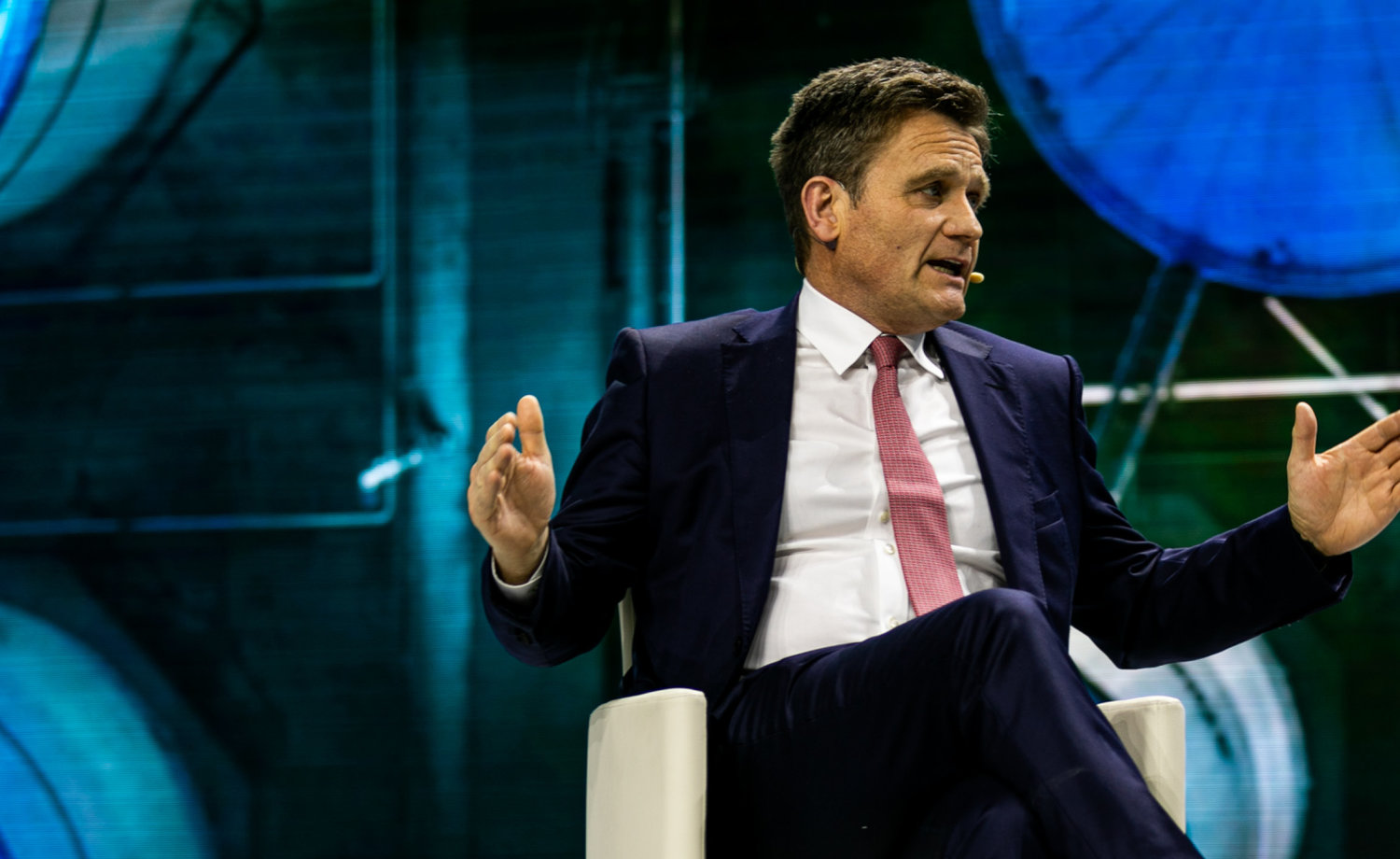Tackling the Trilemma
Moderator

bp has committed to being net zero by 2050 or sooner, with 10 aims including a 50% cut in the carbon intensity of its products, and a 50% reduction in methane intensity for all its major oil and gas processing sites.
“When we set our strategy in 2020,” said Mr. Birrell, “it was premised on a simple notion that the energy system of the world needed to change, and the people who supply energy companies, like bp, also needed to change. He said the journey is not perfect but is going well.
The majority of bp’s capital is still in what he calls resilient hydrocarbons—oil and gas production, and refining—with a growing amount of capital going into other forms of energy. For resilient hydrocarbons, they’ve brought on 13 major projects in the last three years, with plans for another five in 2023 - including huge projects in the Gulf of Mexico, North Sea, and Indonesia.
They also made some significant investments on the lowcarbon side of the business. “We now have a solar and wind pipeline of 30 GW,” he said, “which is well on its way to our target of 50 GW that we set out a couple of years ago.” The company has also announced big projects in biofuels, including an Australian refinery they are converting to a biofuel refinery.
When asked what perfect would look like, safety was top of mind. “We set an aspiration a couple of years ago to eliminate lifechanging injuries and Tier 1 process safety events. And we’re not there yet.” For renewables and biofuel, he said it’s just taking time to get momentum as they try to embed the majority of their biofuel plants inside existing refineries.
When it comes to governments, Birrell said that bps pivot from oil company to diversified energy company confused a lot of them. But in the past 18 months, they are starting to get the idea and are calling to ask about wind and hyrdogen in their quest for net zero.
“One of my best examples is with our friends in Mauritania,” where bp is building a large-scale LNG project on the border with Senegal. They recently signed an MOU with the government to bring large-scale wind power that will result in large-scale hydrogen as well. “We have the relationships, the trust that we’ll do what we say we will do, and that’s led to further potential business there.”
He said another great example of government is in Indonesia, “that’s very open to investment, very open to new technology and will support companies like ours.” bp is currently investing in a large-scale LNG facility in Papua, Indonesia, after which it will work on the Ubadari carbon capture, re-compression (UCC) project.
As for the US, Birrell calls the Inflation Reduction Act a game changer, especially for hydrogen and carbon capture, and he expects other countries to follow suit, or be left behind.


